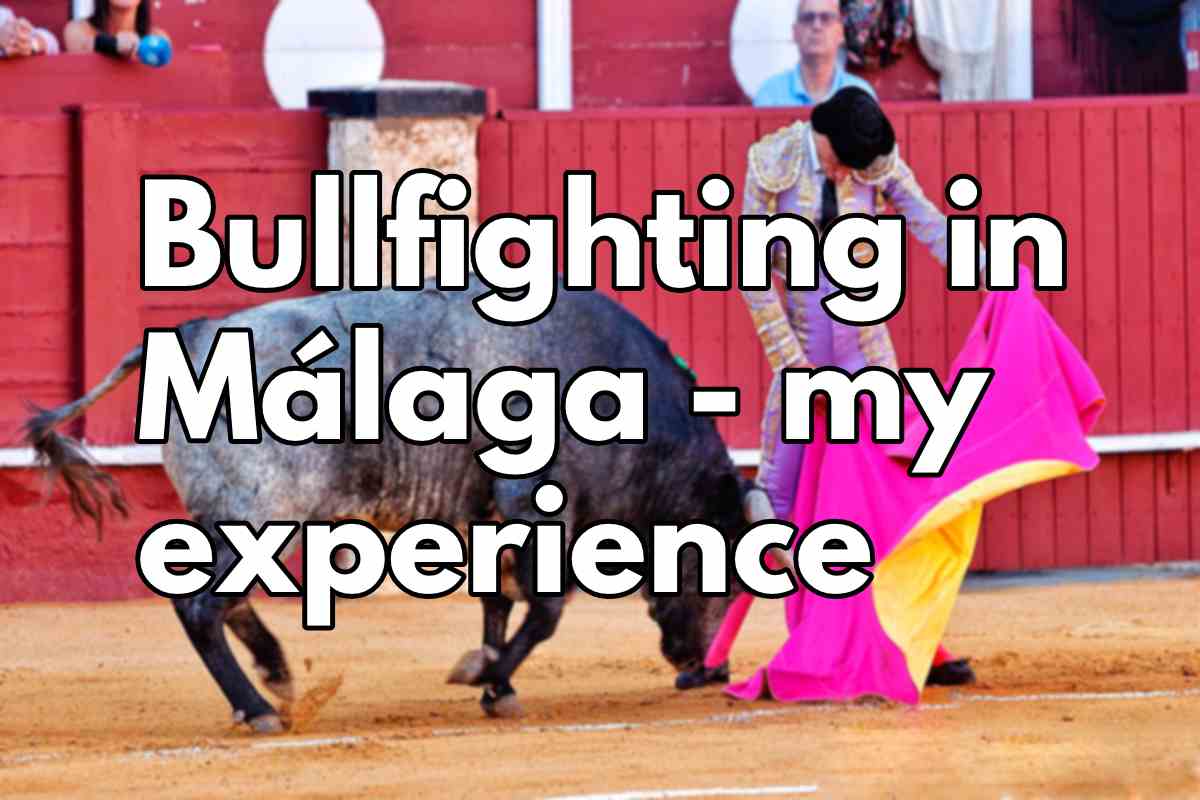Bullfighting in Málaga remains one of Spain’s most debated traditions. Discover its history, cultural significance, the modern controversies surrounding it, and my personal experience watching a corrida at Plaza de Toros La Malagueta during Feria de Málaga 2025.

Corrida – Between Tradition and Controversy
Spain is a country rich in cultural symbols, and one of its most recognizable, yet divisive, is undoubtedly the corrida de toros, internationally known as bullfighting. Its origins date back to the Middle Ages, but the form we know today – complete with matadors, ritualized movements, and traditional music – developed during the eighteenth century in arenas such as the Plaza de Toros in Ronda and Seville.
For centuries, bullfighting was celebrated as Spain’s “national spectacle.” Yet in the twenty-first century its importance has sharply declined. Some regions, including Catalonia and the Canary Islands, have introduced outright bans, while many arenas across the country have been converted into museums or cultural centers. In Andalusia, however, and particularly in Málaga, bullfighting still plays a role during festivals such as the Feria de Málaga, drawing both curious tourists and locals with a strong attachment to tradition. For some, the corrida represents artistry and heritage; for others, it is seen as unnecessary cruelty. More than anything, it highlights the tension between historic customs and modern values in Spain.
My Visit to La Malagueta During Feria de Málaga
From the moment I first set foot in Spain, I knew I wanted to see a bullfight for myself. Whatever one’s opinion may be, it is impossible to deny that the corrida has shaped Spanish identity for centuries. When the opportunity arose during Feria de Málaga, I purchased a ticket for the final day of fights and headed to the Plaza de Toros de La Malagueta, one of the country’s most iconic bullrings.
The spectacle itself was striking, though my emotions were mixed. On one hand, the choreography, costumes, and ritual surrounding the event were undeniably fascinating. On the other, I found it difficult to reconcile the atmosphere of cheering and celebration with the suffering of the animal in the arena. It was not the type of excitement that truly resonated with me, and I understood more clearly why bullfighting is increasingly restricted or rejected. Regardless of the animal, I would have felt the same sadness.
The Atmosphere Inside the Bullring
It would be dishonest not to admit that the spectacle still attracts crowds. The stands were filled with tourists, expats like myself, and many passionate locals. The matadors remain adored figures – showered with applause, roses, hats, and wineskins thrown into the ring as tokens of admiration. Each movement they performed was met with a mixture of tension, excitement, and roaring approval from the audience.
For an outsider, it is an intense environment, a combination of ritual and raw emotion that can be both mesmerizing and unsettling. It is this duality that makes the corrida so deeply controversial: at once a form of cultural performance and a confrontation with violence.
Corrida in Transition – New Forms of Tradition
In modern Andalusia, traditions connected with bulls are evolving. Alternatives are emerging that allow the spectacle to continue while avoiding the bloodshed of classic bullfights. Corridas incruentas, or “bloodless bullfights,” preserve the choreography, costumes, and rituals of the matadors without harming the animals. Elsewhere, encierros, or bull runs, made famous in Pamplona, are also part of smaller Andalusian fiestas. I personally experienced one of these runs during the San Mateo festival in Cuenca, and it was an unforgettable, if very different, encounter.
In Málaga itself, La Malagueta continues to be a focal point. While still hosting traditional corridas during feria, it now functions year-round as a museum where visitors can learn about the history of bullfighting, the costumes of the matadors, and the evolution of the tradition. Increasingly, the arena also serves as a venue for concerts, exhibitions, and cultural events, preserving its iconic status in a way that feels more open and relevant to modern audiences.
Final Thoughts – Experiencing a Cultural Legacy
My first encounter with a bullfight left me conflicted. I was fascinated by the ritual and the historical weight of the spectacle, but also unsettled by its reality. What is undeniable is that the corrida remains a powerful cultural symbol, an experience that continues to provoke strong emotions and deep debates.
In Málaga and across Andalusia, this tradition is not vanishing but transforming, adapting to meet the expectations of contemporary society while still reflecting centuries of history. Whether one views it as art or as cruelty, bullfighting in Spain is part of the country’s cultural legacy, and seeing it, even once, provides a unique perspective on how past and present coexist in Andalusian life.
